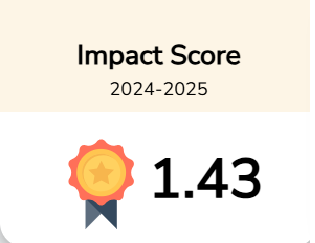Antecedents of graduate students’ preferences for online, blended, and face-to-face learning in Nigeria
Downloads
Purpose: This study examined graduate students’ preferences for online, blended, and face-to-face learning and factors that may influence their preferences through the lens of Rational Choice Theory (RCT).
Design/Methodology/Approach: The study adopted a quantitative approach, and 3120 graduate students from the University of Ibadan participated in the study. A structured survey comprising four sections—demographic characteristics, technology self-efficacy (TSE), digital literacy (DL), and learning mode preference (LMP) was utilized as an instrument of data collection. Frequency counts, simple percentages, and Pearson’s Chi-square (x2) test of independence were used to estimate students’ learning mode preference and explore the association between demographic characteristics, TSE, DL, and LMP.
Results: It was revealed that blended learning was the most preferred instructional method among the graduate students, followed by online and face-to-face methods. Also, the study established that graduate students’ preferences for online, blended, and face-to-face learning modalities vary based on age, marital status, employment status, programme type, and levels of technology self-efficacy and digital literacy. Moreover, the research revealed that graduate students' preferences for online, blended, and face-to-face instructional delivery are mainly influenced by their employment status, programme type, and levels of technology self-efficacy and digital literacy.
Conclusion: This study highlighted the need for institutions and instructors to consider the identified factors to understand better why students may gravitate towards one mode of learning over others when designing and delivering instructional formats to meet the diverse needs and preferences of graduate students.





